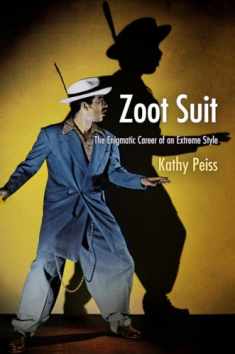
Pious Fashion: How Muslim Women Dress
Book details
Summary
Description
For many Westerners, the Islamic veil is the ultimate sign of women’s oppression. But Elizabeth Bucar’s take on clothing worn by Muslim women is a far cry from this older feminist attitude toward veiling. She argues that modest clothing represents much more than social control or religious orthodoxy. Today, headscarves are styled to frame the head and face in interesting ways, while colors and textures express individual tastes and challenge aesthetic preconceptions. Brand-name clothing and accessories serve as conveyances of social distinction and are part of a multimillion-dollar ready-to-wear industry. Even mainstream international chains are offering lines especially for hijabis. More than just a veil, this is pious fashion from head to toe, which engages with a range of aesthetic values related to moral authority, consumption, and selfhood.
Writing in an appealing style based on first-hand accounts, Bucar invites readers to join her in three Muslim-majority nations as she surveys how women approach the question “What to wear?” By looking at fashion trends in the bustling cities of Tehran, Yogyakarta, and Istanbul―and at the many ways clerics, designers, politicians, and bloggers try to influence Muslim women’s choices―she concludes that pious fashion depends to a large extent on local aesthetic and moral values, rather than the dictates of religious doctrine.
Pious Fashion defines modesty in Islamic dress as an ever-changing social practice among Muslim women who―much like non-Muslim women―create from a range of available clothing items and accessories styles they think will look both appropriate and attractive.


We would LOVE it if you could help us and other readers by reviewing the book
Book review





